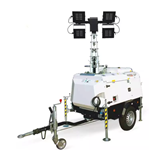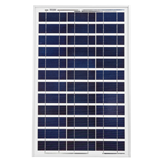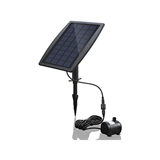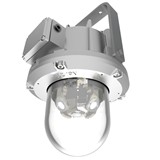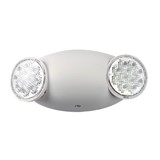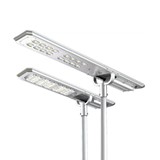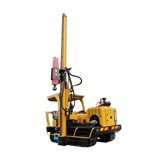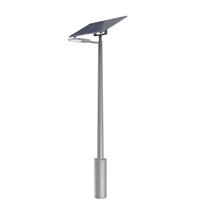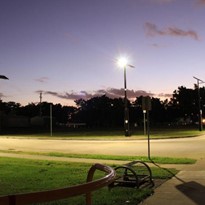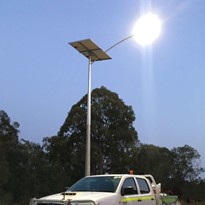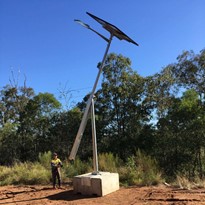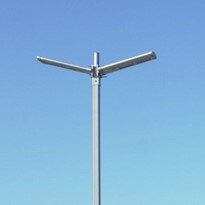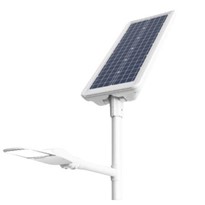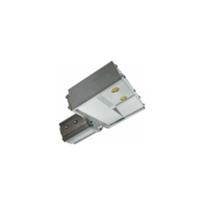Introduction:
Solar street lights are now a proven reliable and commercially viable and reliable solution for many lighting applications and is fast become a mainstream solution utilised by some of the most well-known and discerning organisations.
The improvement of technology and methodologies over the past 10 years have been significant, however there are still many inexperienced manufacturers/suppliers supplying product that is not up to an acceptable standard.
The following factors need to be assessed (often inadvertently over looked) when selecting solar lights. Awareness of these factors preceding the decision to purchase will certainly avoid possible system failure, costly replacement and servicing costs.
Qualify the manufacturer/supplier.
Find out how long the solar street lighting manufacturer/supplier has been in the business, to ensure they have the necessary experience and can demonstrate a robust track record. Ensure they provide numerous references on relevant jobs. If necessary, go out and inspect the lights at night.
Quality components.
Ensure all the components have the credentials and have been in the market for a sufficiently long time to have proven themselves. Also find out if spare parts are readily available and what warranties are provided.
Quality Lighting outcome.
- For mission critical and compliant lighting, a professional lighting design should be conducted to ensure the optimum optic is utilised so the least number of lights are used, whilst the light is compliant and safe and caters for the following points:
- In most instances natural and warm white colour temperatures are the most desirable (4300k or less), research now shows that cool and blue white colour temperatures are detrimental for humans (and animals) affecting their natural circadian rhythms.
- No glare to the user.
- Dark sky compliant and no light pollution (into neighbouring properties or up light).
Sufficient solar panel and battery.
This is one of the biggest issues, some manufacturers/suppliers do not understand system sizing well, and supply a battery and/or solar panel that is too small.
This ends up being a big cost to the end customer as it causes unreliable light, and the batteries life plummets as they are being subjected to frequent deep discharges. (A quality and properly sized battery (with a correctly sized solar panel) should last 5 – 7 years). Batteries are the largest and most expensive consumable so it is important to get this right.
Here is a general rule of thumb. For most of mainland Australia, a solar lighting system requires four full nights of battery back-up, allowing for the LONGEST winter nights. For example, in Melbourne this is 14.39 hours therefore the battery should run the light at 100% illumination for 57.56 hours with no input from the solar panel. This example is used only to give an indication of battery back-up requirements, for example in the tropics such as Darwin or Cairns, the monsoon season requires over 5 nights battery back-up, however being in summer, the night times are a lot shorter.
To calculate this amount of battery back-up, a lead acid cannot discharge more than 70% and the average daily depth of discharge should not exceed 50%. For a lithium battery, no more than 80%.
The battery size calculation then needs further derating applied to allow for performance drop in extreme temperatures, degradation over time and voltage drop.
The solar panel needs a de-rate to allow for high temperatures, dirt on the solar panel, voltage drop and degradation over time. ASNZS 4509.2 Stand-alone power systems - system design determines a minimum of 30% extra solar panel to allow for these extra factors.
Compliance. (This pertains to larger solar street lighting systems).
Ensure the proposed solar lighting system conforms to relevant Australian standards such as AS/NZS 3000 electrical safety standards, AS/NZS 4509.1 battery enclosure signage, AS/NZS 4509.2 Standalone power systems – system design and the light fixture is RCM compliant.
Failure to comply with AS/NZS 3000 and AS/NZS 4509.2 contravenes The Work Health and Safety Act 2011.
If these points are addressed, maximum safety, product life and minimal maintenance amounts to considerable long-term savings.



